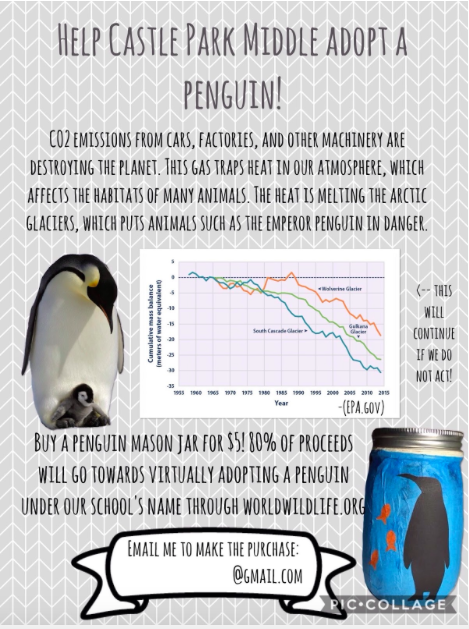During the last few weeks of school, an old familiar shift takes place: gravity lightens its hold between student and chair, eyes drift to the sunshine-filled windows, and even I find myself digging deep for those last energy reserves to push through state testing and finals. At this point, you may be ready to shake things up a bit, and documentary-inspired civic action projects may be just what you need!
Documentary-inspired civic action projects have many benefits. Most obviously, they change up the tempo and empower students to be smart consumers of information sources that are available to them at any time. They also tap into one of the teen brain’s biggest gifts: lack of self- and idea-censorship. Teens are in the precarious state of trying out who they are, where they belong, and what they believe in, making them more open to new ideas and causes. They are also less burdened by experience and bureaucratic frustrations, not yet having faced the adversities of being a changemaker. Mix these with the heightened emotional experiences of a brain under construction, and you’ve got the perfect audience for documentaries that inspire civic action!
My Middle School Documentary-Inspired Civic Action Projects
Recently, my middle school science teaching team and I developed a unit exploring mankind’s impact on the environment. The unit started off with the students called upon to view several documentaries, with each documentary accessed through a free PBS Learning Media account. Two examples:
The unit started off with the students called upon to view several documentaries:
- Orangutan Refugees: A 5:41 video that provides students with an opportunity to learn about the deforestation of Sumatra and the resulting displacement of orangutans in this video and supporting materials from NATURE: Orangutan Eden. Using text-dependent questions, writing prompts and video, students will learn about how rescue workers are providing safe havens for orangutans.
- Clue into Climate series from KQED: A 7:01 video that provides students with an opportunity to learn how methane digesters turn waste into usable gases and other fuels. Methane is a greenhouse gas known to trap heat more effectively than carbon dioxide. Find out how methane digesters, however, can be used to turn pollution into an energy solution.
These documentaries were accessed through a free PBS Learning Media account.

 [/media-credit]
[/media-credit]